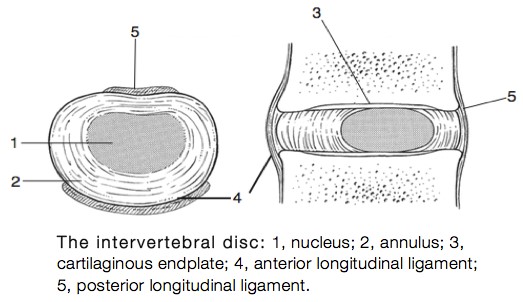+918292345710

This is your website preview.
Currently it only shows your basic business info. Start adding relevant business details such as description, images and products or services to gain your customers attention by using Boost 360 android app / iOS App / web portal.
The intervertebral disc is important in the nor...

The intervertebral disc is important in the normal functioning of the spine. It is a cushion of fibrocartilage and the principal joint between two vertebrae in the spinal column. They consist of three major components: the inner, nucleus pulposus the outer, annulus and the cartilaginous endplates that anchor the discs to adjacent vertebrae. The disc is subjected to various loads, including compressive, tensile and shear stresses. During compressive loading, hydrostatic pressure develops within the Nucleus pulposus, which thereby disperses the forces towards the endplates as well as the annulus fibrosis. This mechanism slows the rate applied loads are transmitted to the adjacent vertebra, giving the disc its shock-absorbing abilities. The disc is also involved in permitting movements between vertebral bodies, which include: Axial compression / distraction; Flexion / extension; Axial rotation; Lateral flexion. The thickness of the discs relative to the size of the vertebral bodies is highest in the cervical and lumbar regions. This reflects the increased range of motion found in those regions. In the cervical and lumbar regions, the intervertebral discs are thicker anteriorly. This creates the secondary curvature of the spine – the cervical and lumbar lordosis.

 +918292345710
+918292345710